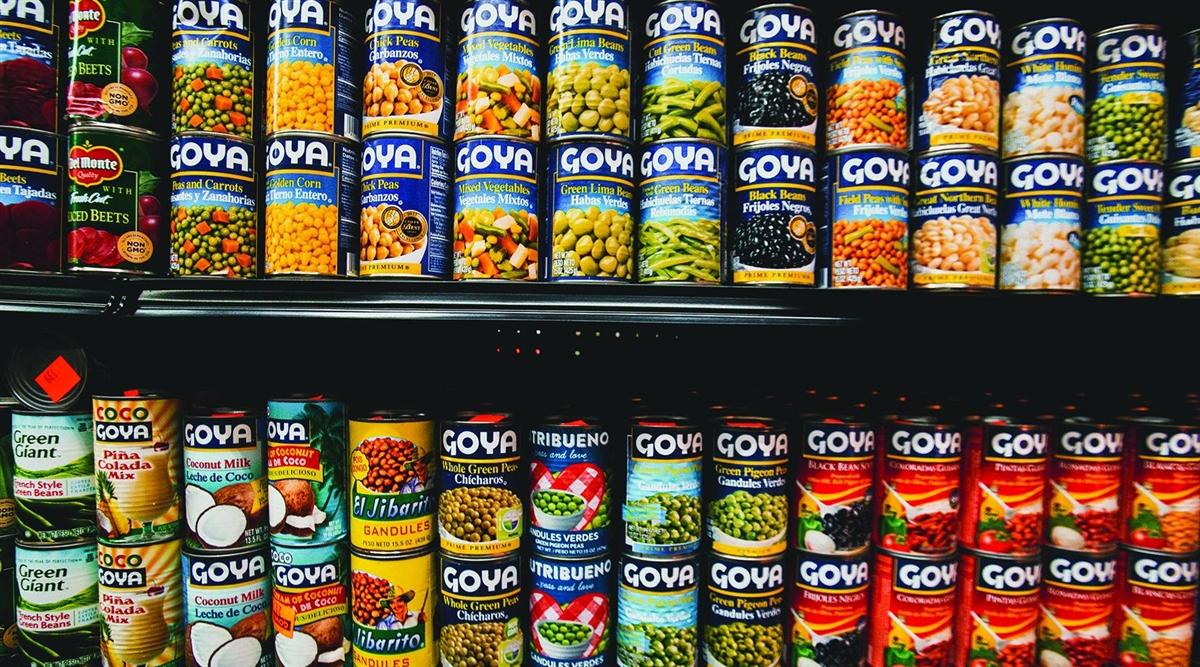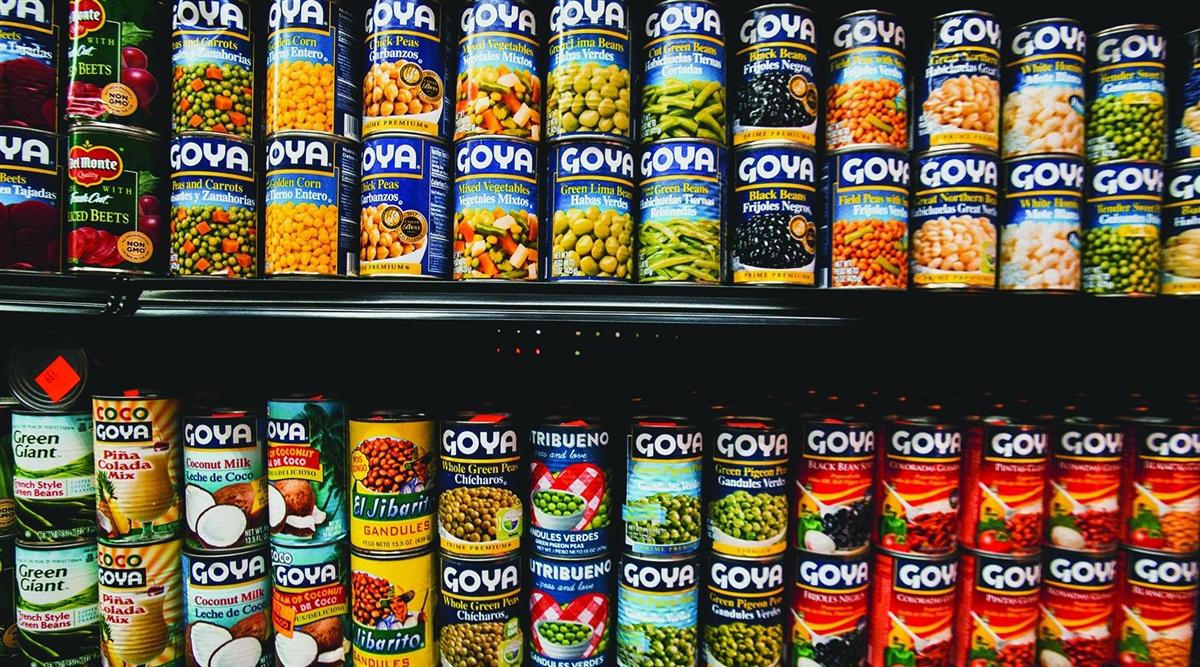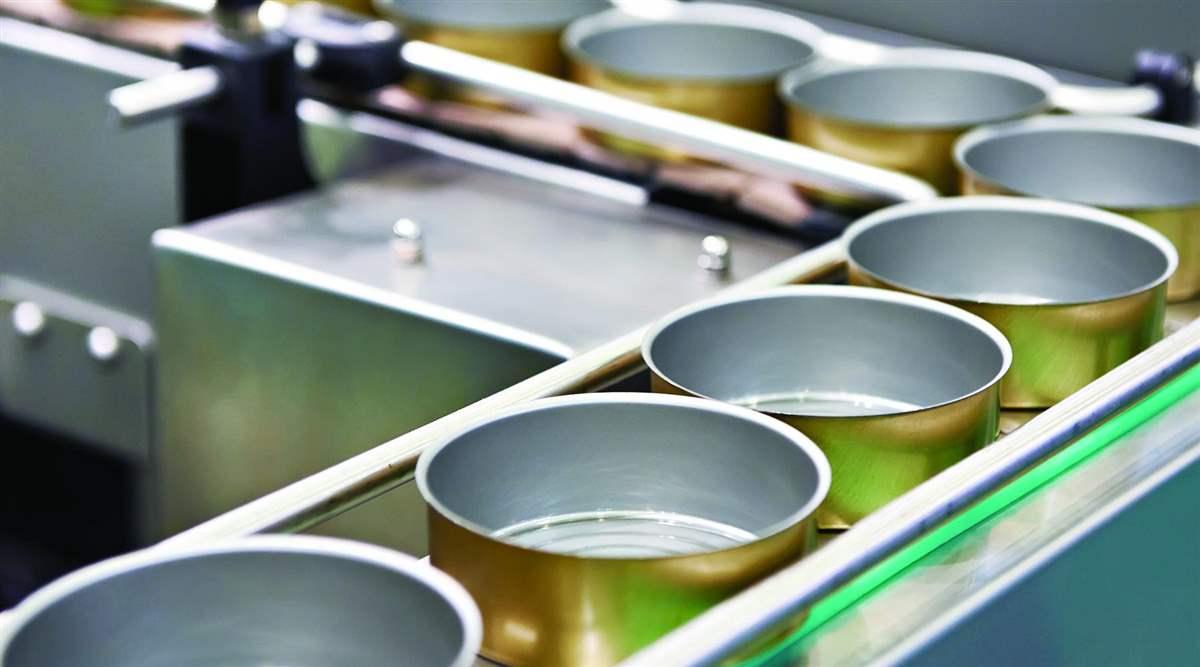Canning Clarified
PROCESSING
Canning is a method of thermal food preservation in which a food product and its container are commercially sterilized, rendering the contents shelf stable for long periods of time. There are two types of canning: conventional canning and aseptic processing. In this column, the history and market will be presented, the science explained, and applications and forecast discussed. I wish to thank my co-author, Sandy Thai, food technologist at the U.S. Department of Agriculture, Agricultural Research Service, for contributing to this column.
The History and Market
In 1809, Nicolas Appert devised canning in glass jars because the French government offered a reward for a new method of food preservation to feed French soldiers during wartime. Soon after, tin canisters were used to preserve foods in this manner. Alternative packaging materials, like cartons and pouches, have greatly expanded the selection of foods in the canned food sector (Black et al. 2015).
The global canned food market is projected to reach $118 billion by 2023, with an annual growth rate of 3.8% until then, according to Mordor Intelligence. Canned fish and seafood are the fastest-growing market in canned foods, and sales of canned organic fruits and vegetables are rapidly growing. The United States is the second-largest contributor to the canned food market.
Basic Science and Associated Benefits
Conventional canning, also known as retort processing, is the process in which food is hermetically sealed in a container, often a tin canister or glass jar, which is then commercially sterilized to effectively kill spoilage and pathogenic microorganisms and to preserve nutrition and quality of foods. Commercial sterilization is defined as the use of thermal means to destroy all microorganisms and thus their ability to grow during storage. Aseptic processing differs in that sterilization of food and packaging are separate prior to filling and sealing under sterile conditions.
Important factors, among others, include pH, water activity, oxygen level, and temperature. These factors affect the growth of Clostridium botulinum. Clostridium botulinum is a bacterium that produces spores and a toxin that can lead to paralysis or even death. During the canning process, high temperature is applied to kill microorganisms, and the steam created saturates the headspace above a food, which then condenses upon cooling and creates a vacuum. The Clostridium botulinum bacterium thrives in this anaerobic, or lowoxygen, environment, unless factors such as pH and water activity are controlled. Clostridium botulinum cannot survive in foods with a pH level less than 4.6, but vegetative cells may be present. These foods require water-bath canning, which uses boiling water to heat the product to and hold the product at a specific temperature to kill vegetative cells present in the acidic food. Clostridium botulinum can grow and produce thermally resistant spores in low-acid foods, which have a pH level between 4.6 and 7, and water activity greater than 0.85. For this reason, canning under pressure is needed to achieve temperatures higher than boiling water that will destroy spores of Clostridium botulinum and spoilage microbes in lowacid foods (Black et al. 2015).
In the food industry, conventional canning is performed by filling a container with the product, hermetically sealing the container, heat treating the sealed container in a retort, and cooling the container in a retort (Black et al. 2015). A retort is a large pressure chamber, with capabilities to deliver water, steam, and air to the products during different phases of the process (Black et al. 2015).
Modern retort machines have the capabilities to thermally process jars, cans, pouches, cartons, trays, and bowls. The heat treatment is commercial sterilization, which begins with the heating phase, progresses to the holding phase, and ends with the cooling phase. Commercial sterilization requires a certain amount of time at a specific temperature (e.g., 121°C) to kill the target microorganisms. The amount of time and temperature required to process the product depends on many factors, including heat resistance of the target microorganism, heating characteristics of the food product, and method of thermal processing (Black et al. 2015). Heat sources include only steam, only hot water, or a mixture of steam and water (Black et al. 2015). Finally, the product is cooled by water or sometimes air (Black et al. 2015).
One main advantage to conventional canning is that it provides food products with a longer shelf life than many other shelf-stable products (Chukwumah et al. 2012). This method of food preservation requires large quantities of heat to sterilize products, which results in high cooking time and energy costs and degradation of product quality and nutritional content, compared to aseptic processing.
Researchers found that canning albacore tuna resulted in lower concentrations of vitamins and minerals, although the amino acid concentrations remained relatively stable (Seet and Brown 1983). Furthermore, high concentrations of salt may be found in canned foods to reduce water activity and preserve product quality (Black et al. 2015). For aseptic processing, heating time may be lower, which results in better quality foods and less energy usage. This process is typically limited to homogeneous liquid foods and beverages, although research is being conducted to determine feasibility of heterogeneous food particles (Anderson and Walker 2011).
Canning Equipment
The equipment used for conventional canning is called a retort, and there are several components needed for proper operation: steam supply or circulation system, condensate removal system, and product containers. Other components, such as valves, bleeders, spreaders, mufflers, and pressure and temperature measuring and recording devices, are also necessary. If steam is the main heating medium, then a steady and reliable source of steam must be supplied in order to heat the water and thus the product. If steam is not the main heating medium, a circulation system for water or steam and air must be utilized. Containers are needed to hold the packaged product throughout the retort process. These must be made of durable material that allows the heating medium access to all sides of product containers. As the product is heated in the retort, the steam will condense and collect beneath the retort. This condensate may cause changes in the heating process, so prompt removal is crucial. Pressure and temperature measuring devices are necessary to ensure the process is operating at the correct conditions to effectively kill the spores and microorganisms, and recording devices are needed to prove the conditions are being met. Batch and continuous retort processors are commercially available (Black et al. 2015).
Equipment Manufacturers and Copackers
Equipment manufacturers of canning retorts include Dixie Canner Company, Shandong Heying Machinery Technology Co., Gee Gee Foods and Packaging Co., WSF Industries, and Malo Inc.
Copackers include the following companies: Rocket Industrial, Golden Beach, Faribault Foods, Carolina Beverage Group, Arizona Production and Packaging, Truitt Bros., Lakeside Foods, Transnational Foods, and Stapleton’s California Copackers.
Commercial Applications
Canning is often used to preserve beans, vegetables, fruits, fish, and meats and supply ready-to-eat meals, such as soups and pasta dishes. Processing temperatures for heterogeneous food products are dependent upon the constituent foods as thicker pieces will need to reach the minimum temperature for the entire product to be considered properly processed. Canned foods are quick and convenient for consumers who are busy and have little time to prepare meals. Highly acidic foods, such as fruits, require water-bath canning, while lowacid foods, such as vegetables, require canning under pressure, or retort processing. Aseptic processing is limited to homogeneous, liquid foods and beverages, such as milk, gravy, and fruit juices.
What We Can Expect
With the rise of aseptic processing techniques, the conventional canning technology may need to be optimized to preserve nutritional quality, taste, and texture of foods while using less energy to be a competitive form of thermal processing for foods.
R E F E R E N C E S
Anderson, N. M. and P. N. Walker. “Quality Comparison of Continuous Steam Sterilization of Segmented-Flow Aseptic Processing versus Conventional Canning of Whole and Sliced Mushrooms.” J. Food Sci. 76(6): E429–E437.
Black, D. G., J. T. Barach, C. G. Balestrini et al., eds. 2015. Canned Foods: Principles of Thermal Process Control, Acidification and Container Closure Evaluation, 8th ed. Washington, D.C.: GMA Science and Education Foundation.
Chukwumah, Y., L. Walker, S. Ogutu et al. 2012. “Effect of Canning and Storage on the Phenolic Composition of Peanuts.” J. Food. Process. Preserv. 37(5): 582–588.
Seet, S. T. and W. Duane Brown. 1983. “Nutritional Quality of Raw, Precooked and Canned Albacore Tune (Thunnus alalunga).” J. Food Sci. 48: 288–289.






